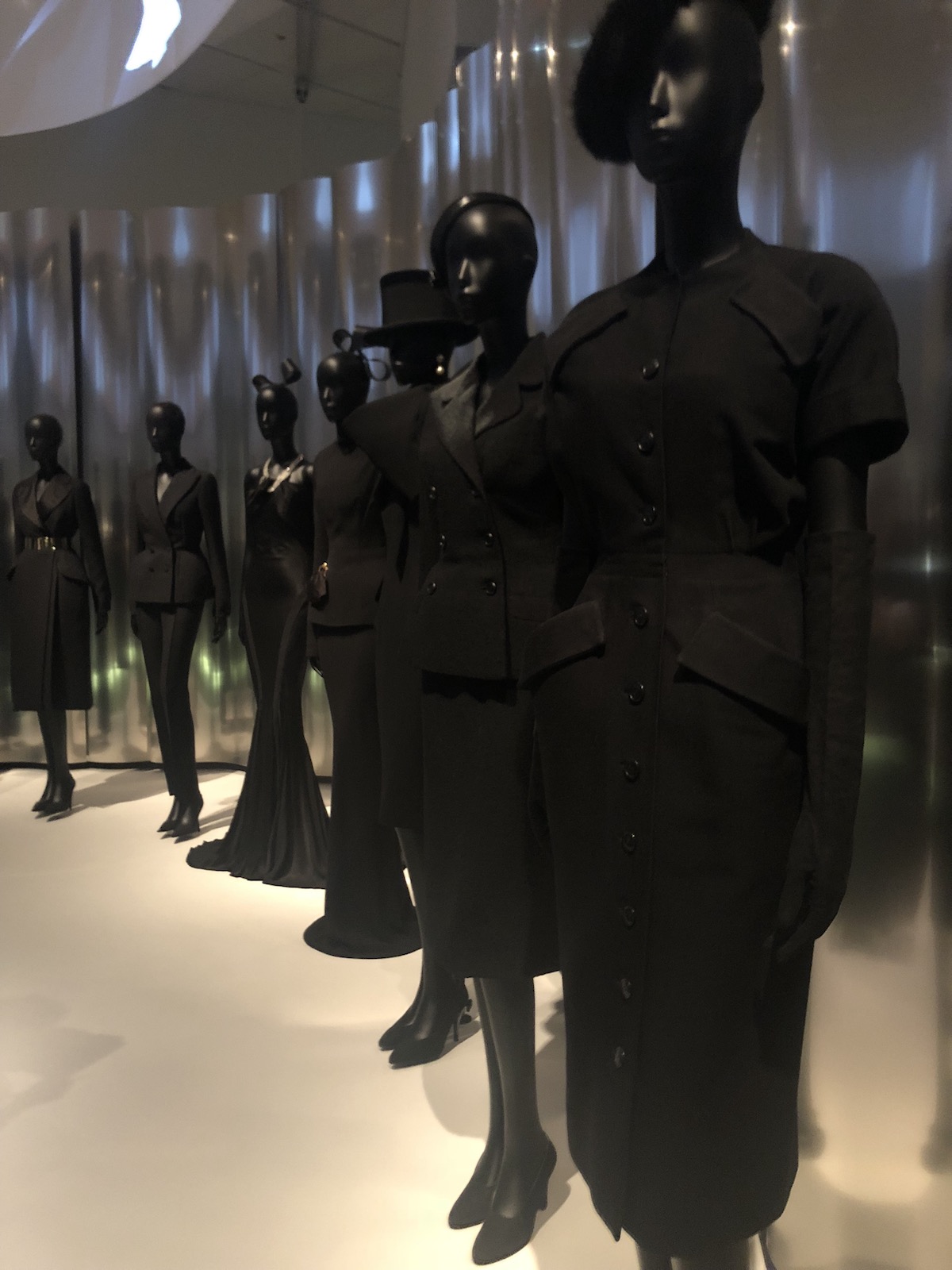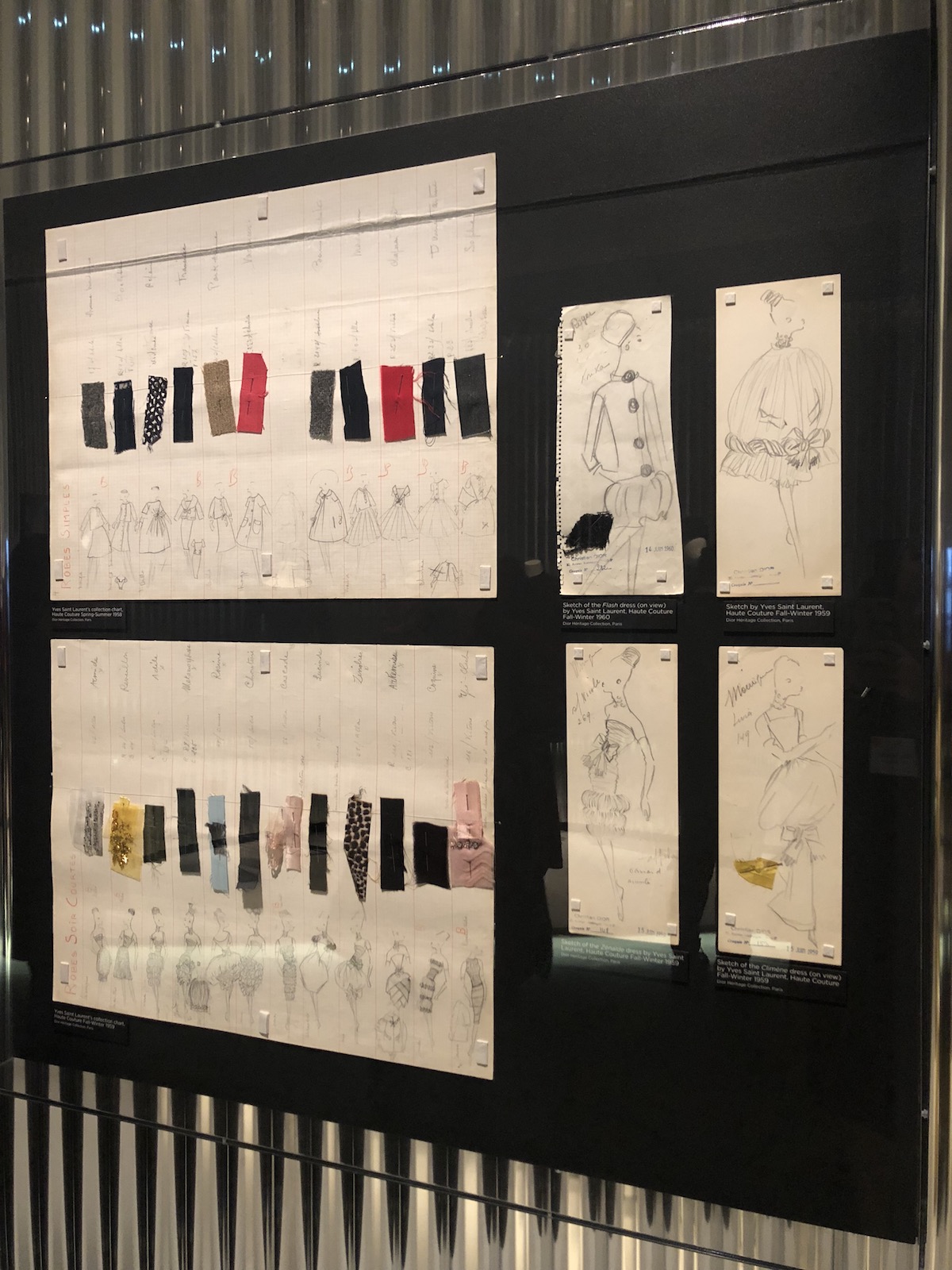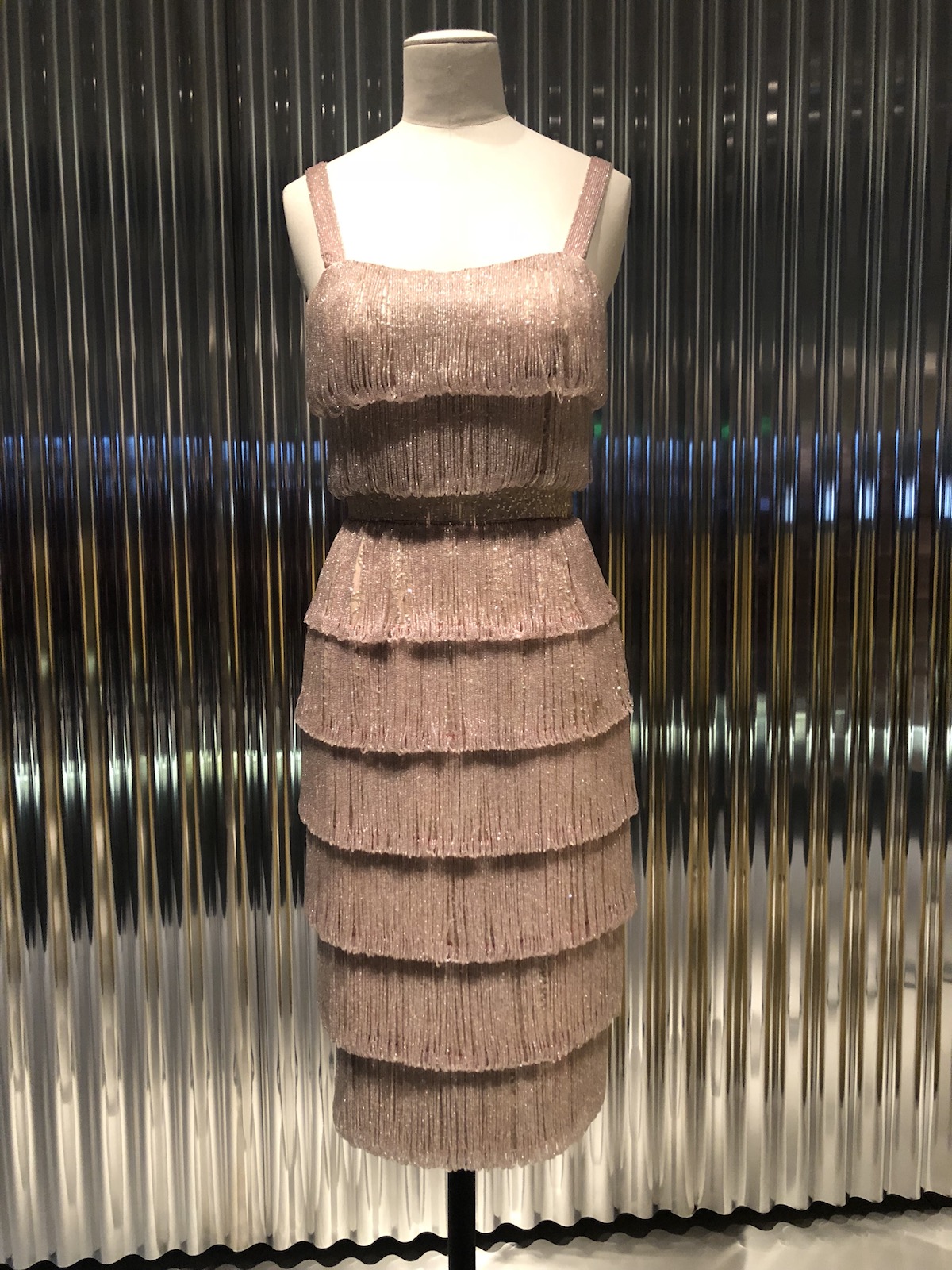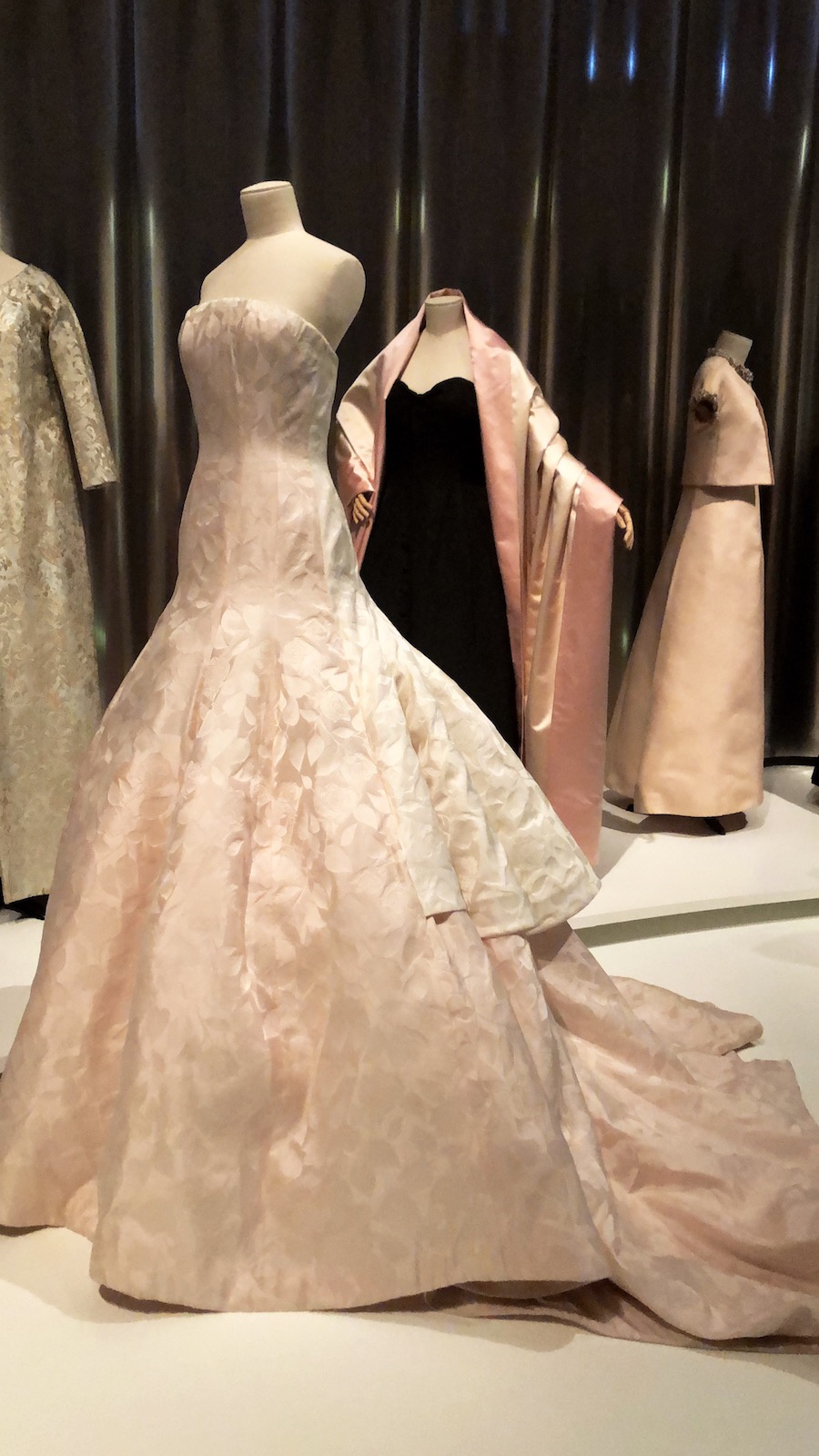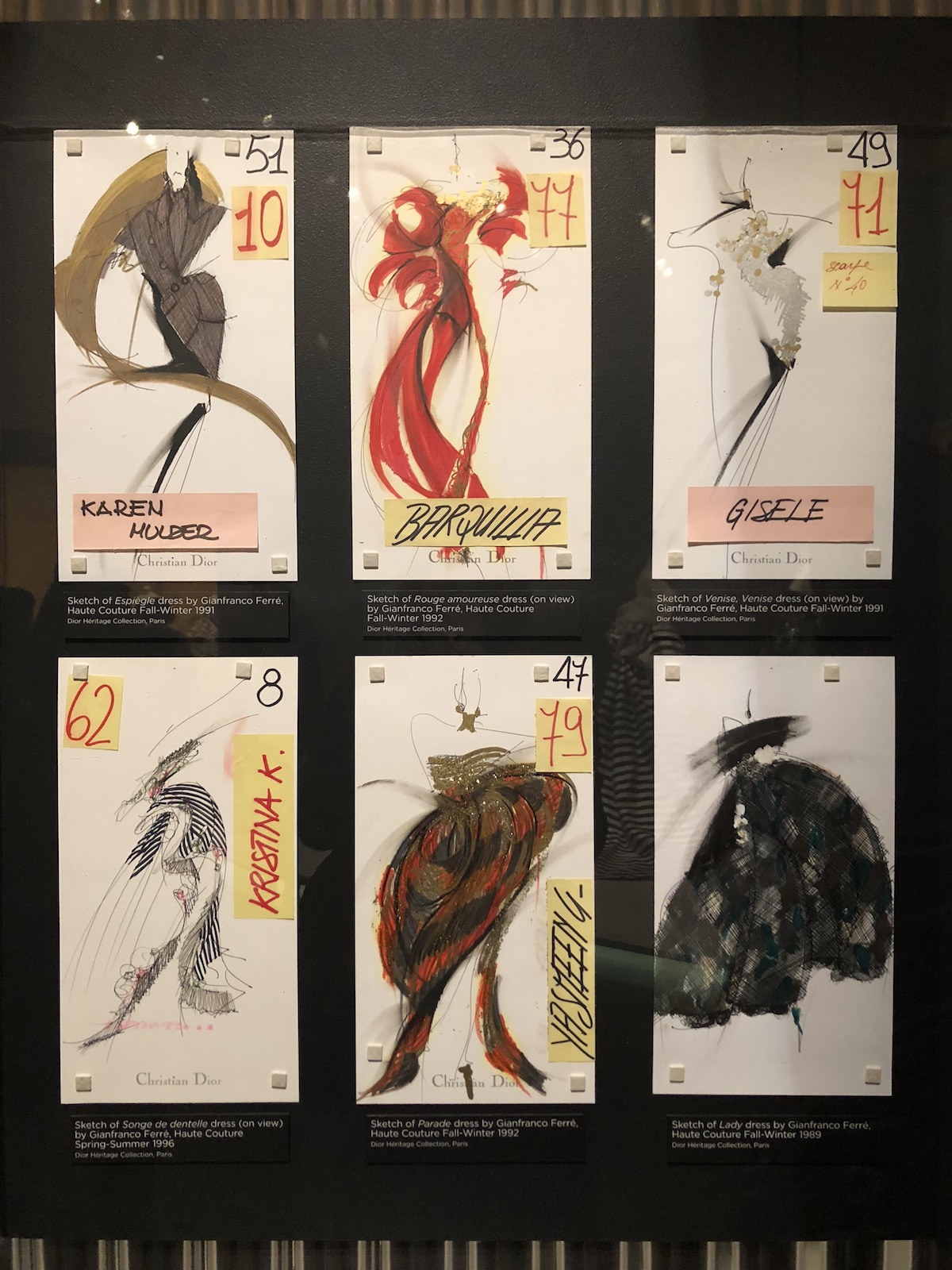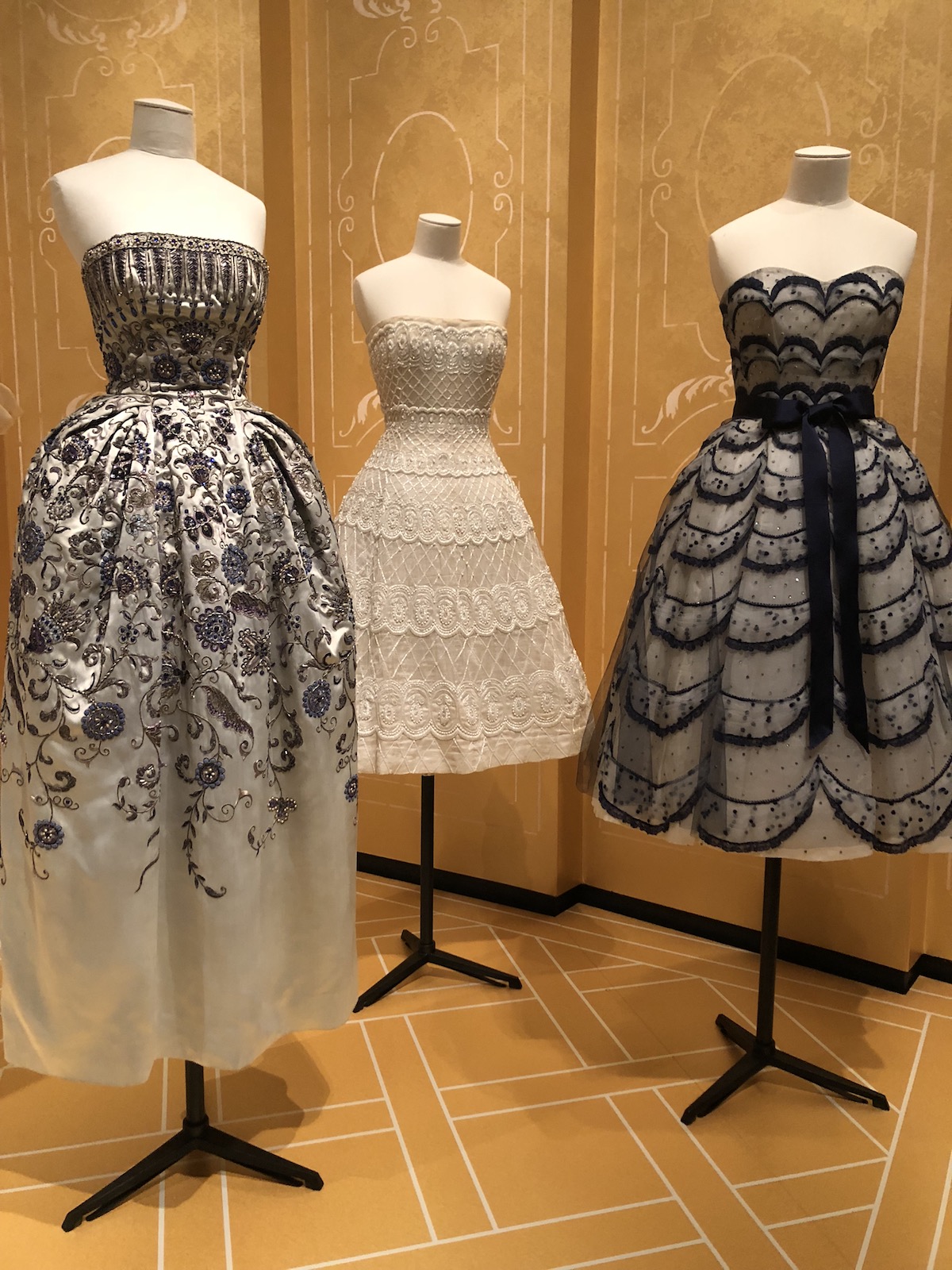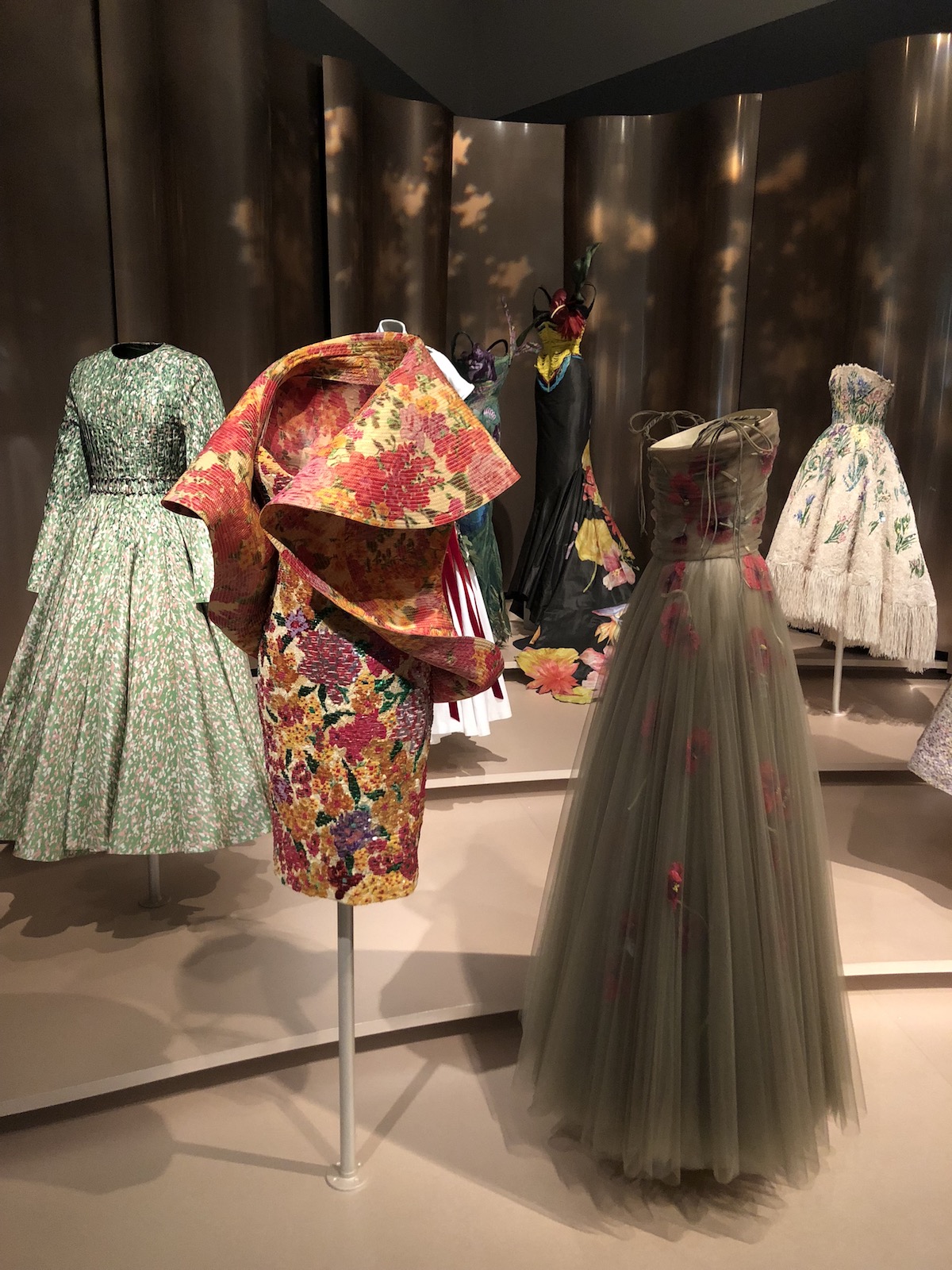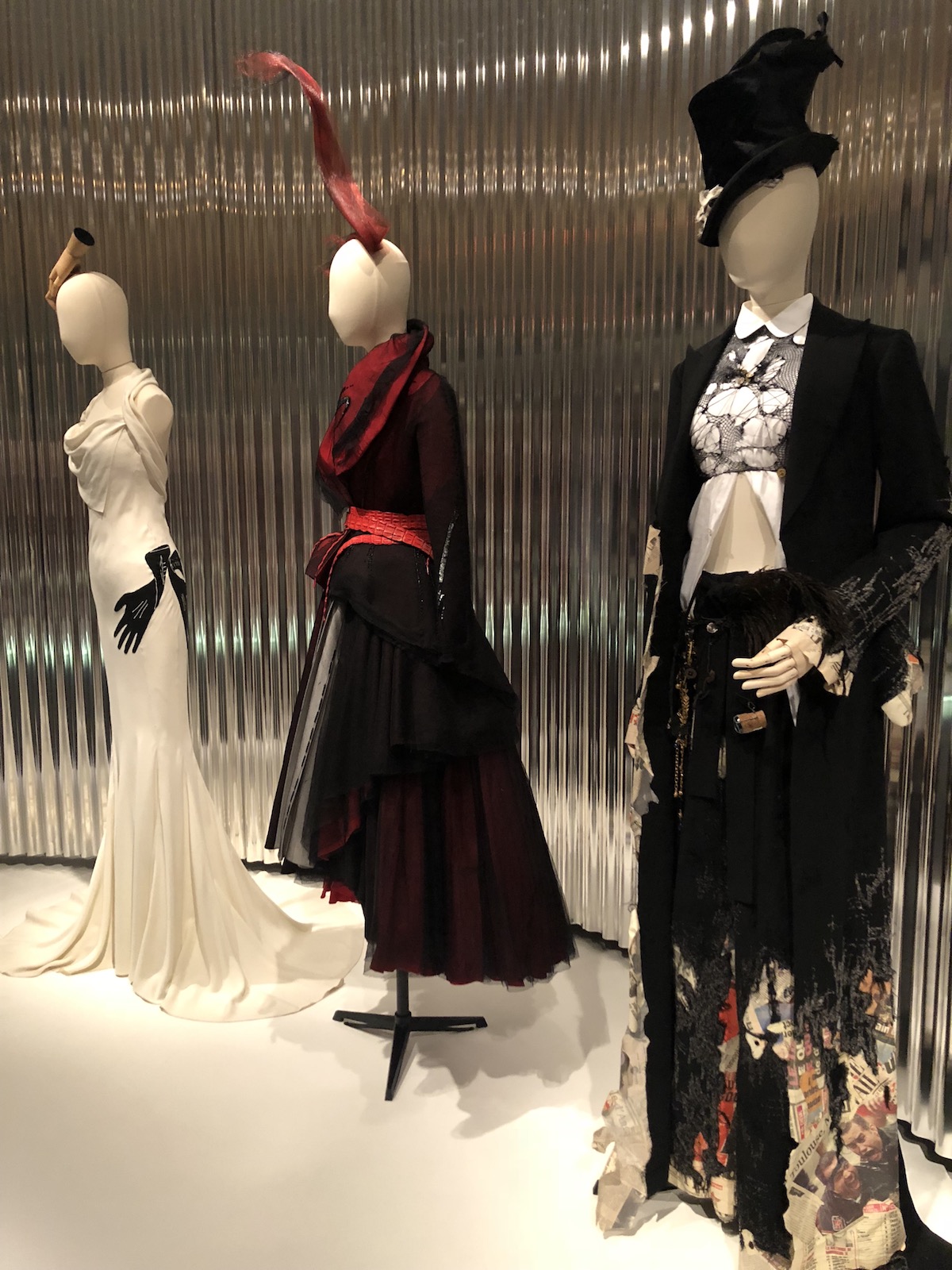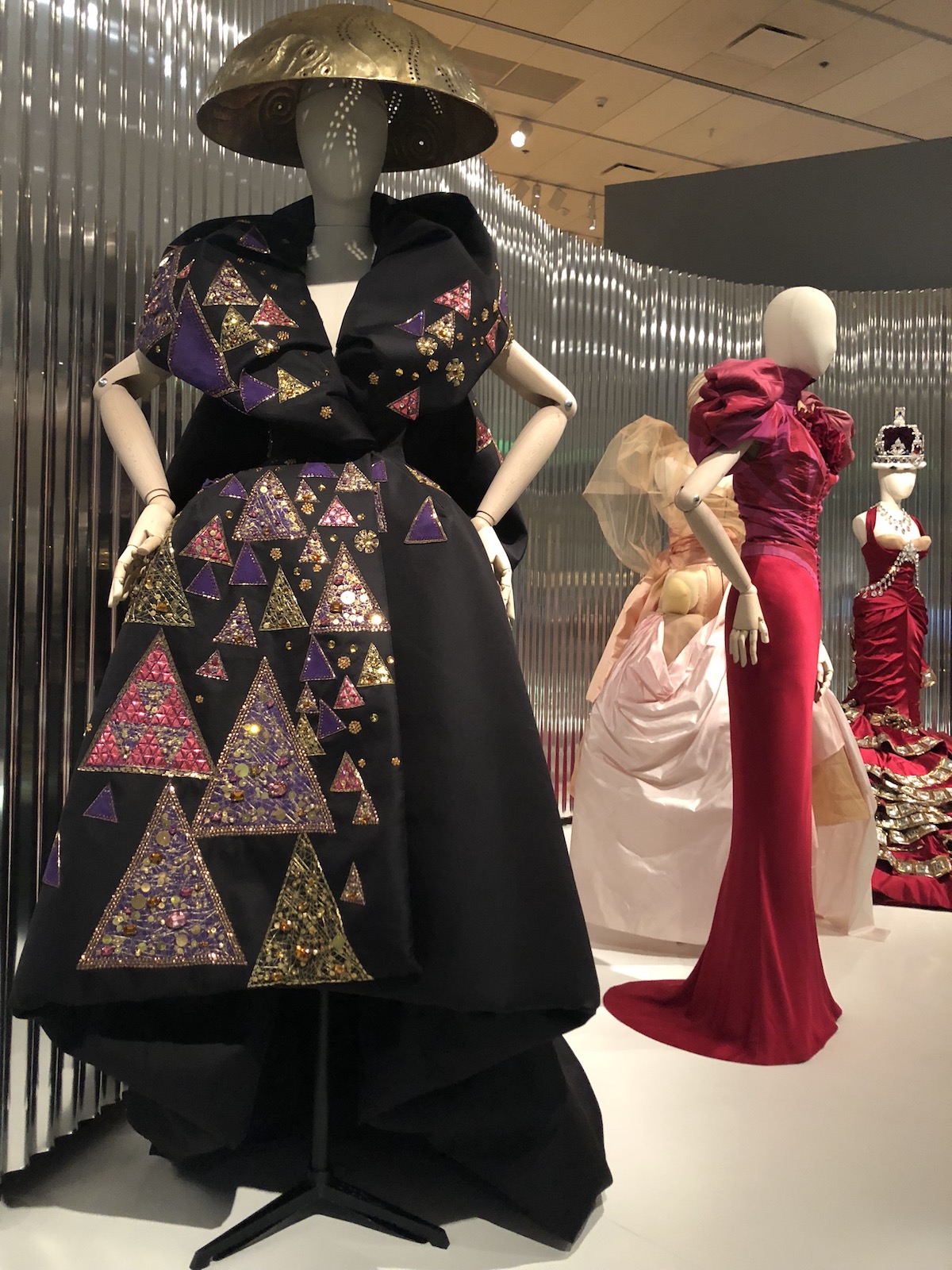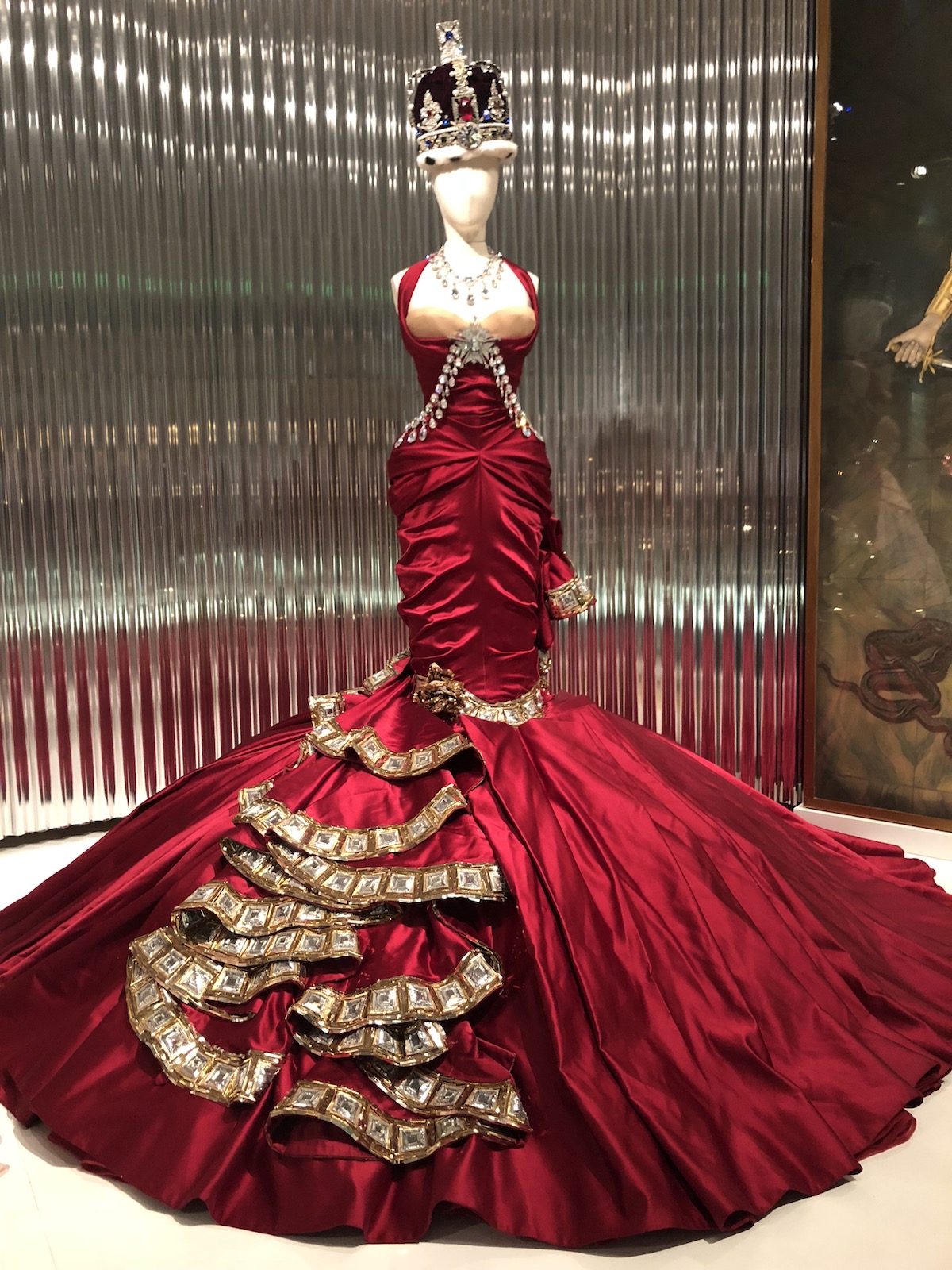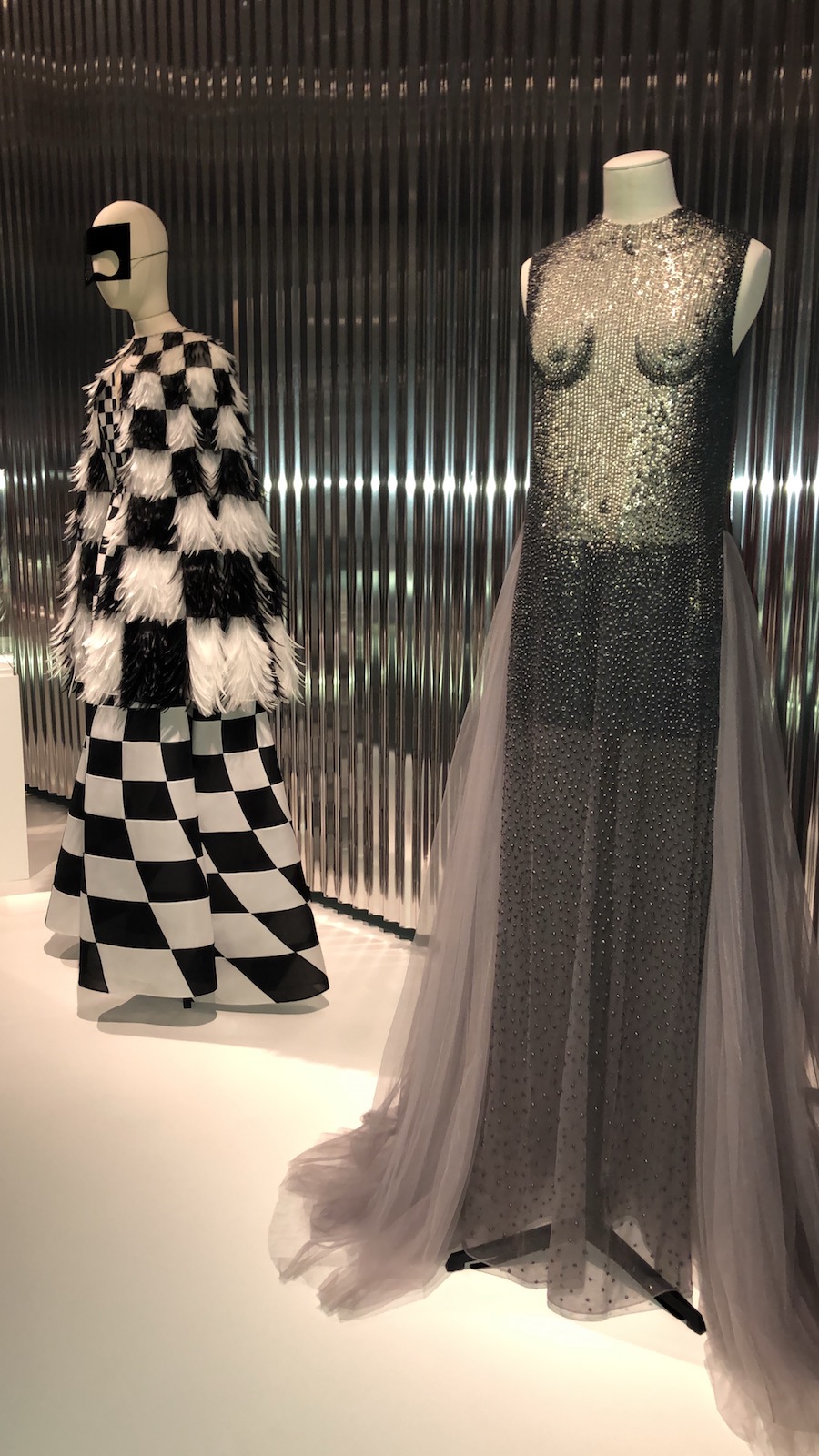The Local newsletter is your free, daily guide to life in Colorado. For locals, by locals.
Denver might not be the first city that comes to mind when you think of haute couture, but maybe it should be. The Denver Art Museum is keeping up its reputation for must-see exhibitions with Dior: From Paris to the World, an unparalleled exhibition that explores 70 years of artistry and influence from the French fashion house, Christian Dior. More than 200 couture dresses, plus accessories, jewelry, photographs, and drawings will be on display at the DAM starting November 19—the first Dior retrospective of this capacity to be shown in the United States.
(PHOTOS: Behind-the-Scenes at Dior: From Paris to the World)

“The vision is to show the history of Dior, which is the first couture house that was envisioning the world as the new fashion planet,” says Florence Müller, the Avenir Foundation curator of textile art and fashion at the DAM. The exhibition was fully curated by Müller, who waded through hundreds of dresses and archival materials at the Dior Héritage collection in Paris to select the pieces for display. “I have not done a count, but about 80 percent are coming from the Dior Héritage collection,” Müller says, with others coming from the Metropolitan Museum of Art in New York, the Chicago History Museum, the Henry Ford Museum of American Innovation, and the private collection of Hamish Bowles, the international editor at large at Vogue Magazine.

Born in 1905 in Granville, France, Christian Dior was always artistic. He grew up in Paris at the the center of haute couture. Although he dreamt of becoming an architect, his father persuaded him to enroll at the École Libre des Sciences Politiques to study political science in hopes that he would become a diplomat. With other plans in mind, Dior left his studies and opened two art galleries, where he worked with famous artists like Jean Cocteau and Pablo Picasso. After a few years, the gallery was closed due to financial strain during the Great Depression. In 1938, Dior was hired by courtier Robert Piguet as a designer and was asked to help create three collections, catapulting his career as a couturier. Dior left his position with Piguet when he was called to serve in World War II.

In 1946, a year after the war ended, Dior founded his couture house. One of his first lines, Corolle, debuted on February 12, 1947. The “New Look,” as his approach was referred to by Carmel Snow, editor-in-chief Harper’s Bazaar, rejected the masculine silhouette associated with wartime and drew attention to a woman’s natural curves. Dior used considerable amounts of fabric and detailed embroidery to create a refined, feminine style.
His designs, which focused on accentuating the bust while narrowing at the waist, amazed global fashion audiences and began a fashion revolution. “He was really the first to envision fashion in this way,” says Müller.
Although Dior passed away in 1957, his legacy has lived on through the House of Dior designers—Yves Saint Laurent (1958–1960), Marc Bohan (1961–1989), Gianfranco Ferré (1989–1996), John Galliano (1997–2011), Raf Simons (2012–2015), and Maria Grazia Chiuri (2016–present)—all of whom are featured in the DAM collection.
When deciding on the pieces to present in the exhibition, Müller first had to write the narrative. As the collection is telling a story 70 years in the making, Müller focused on selecting dresses and accessories that highlight the historical moments of the House of Dior, such as the Saddlebag designed by John Galliano.
“There were many saddlebags, but in the end I chose the saddlebag with the ‘Dior’ logo on it,” Müller says. “Why? At the end of the 1990s, there was a logo mania that was an important moment in the history of fashion.” According to Müller, the Saddlebag—which is now making a comeback—and the logo tell two different, yet, important stories in Dior’s history.
While the couture dresses and gowns are the centerpiece of the exhibit, accessories such as hats, shoes, lipsticks, and scarves are also on display—many for the first time. Some are exhibited alongside the dresses to feature what Müller calls, “a total look.” This head-to-toe dressing was a tactic that Christian Dior spearheaded in his career, according to Müller, and thus is one theme of the vast exhibit. “We have one very spectacular display of just accessories that will play with color to show the palette of Christian Dior,” Müller says.
To complement the retrospective, the DAM contracted architect Shohei Shigematsu, partner and director of OMA‘s New York office, to design the exhibition space. This was a dream come true for Müller, and fitting considering the designer the exhibit celebrates. “Before he became a couturier, Christian Dior had the ambition of becoming an architect,” Müller says. “And he was always saying that his way of envisioning dresses was through the vision of an architect. I liked the idea of an architect reenacting the style of a couturier who has a very architectural approach of the shape of the dresses.”
Shigematsu masterfully utilized the space to create an immersive experience for visitors. The exhibition itself consists of 15 distinct sections—each organized thematically (for example, one area is representative of nature while another features dresses worn by famous women throughout history) or chronologically (featuring works by each House of Dior designer). Reflective, raw aluminum sets the backdrop of most displays, which is expertly curved to complement the feminine designs of the gowns. Finally, in the last room—the eponymously titled “From Paris to the World”—dozens of statement gowns are displayed on metallic “petals” of varying heights, creating a serene and awe-inspiring sight.
As visitors walk through the exhibition, “they will feel as if they are a couture insider,” Müller hopes. Although the DAM has presented fashion and jewelry from great designers in the past—such as Yves Saint Laurent and Cartier—Müller hopes audiences will view this Dior retrospective as a decisive step in making the museum a must-visit destination for the fashion world.
“This is the ambition of the museum,” Müller says. “A long time ago, when Christian Dior was living, fashion was only happening in Paris and just starting in New York. Today the fashion planet is enormous—it’s happening [almost] everywhere.”
If you go: Dior: From Paris to the World will be on display in the Denver Art Museum’s Hamilton Building from November 19 to March 17*. Tickets can be purchased online, and advance reservations are recommended.
*This story originally stated March 3 as the closing date. The Denver Art Museum extended the exhibition’s closing date by two weeks in a press release.




